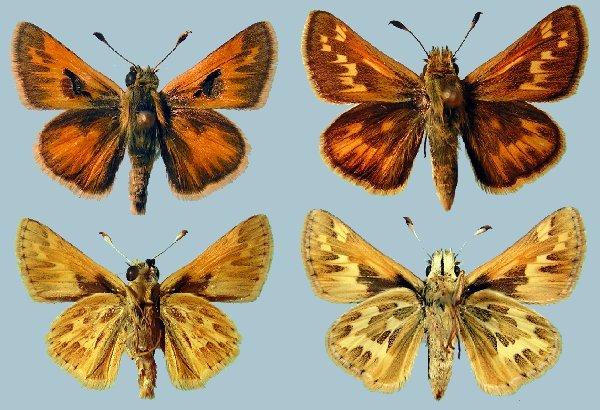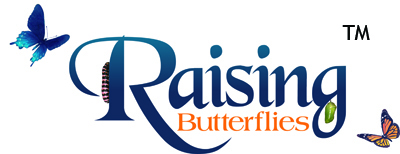Polites sabuleti alkaliensis

Photo Life History: Polites sabuleti alkaliensis
Habitat: Agricultural Areas; Urban-Suburban; San Rafael Swell
Host Plants: Poa pratensis; Distichlis spicata; Bouteloua gracilis
Suitable Lab Host Plants: Bromus inermus; Phalaris arundinacea; (Most any bunch grass or wide-bladed grass will serve as larval host plants in the lab.)
Caring for Live Female Butterflies: Nectaring techniques
Methods of Female Oviposition: Potted Plant Sleeves; Portable Cages. Getting eggs from females is not difficult if you either place a small cage right on top of Kentucky Blue Grass or dig up and pot a small section of plant. This is by far the most productive method of rearing this or any hesperine skippers that belong to the genera Hesperia, Polites, Pseudocopaeodes, Atalopedes, and Hylephila.
How to Find Eggs:
How to Hatch Eggs: Consolidate eggs into one container.
How to Find Caterpillars in the Field: Extremely difficult as larvae construct nests either at the base of bunch grasses (or lawn grass) or partially below the surface. (See photo.) Again the best way to obtain caterpillars is to collect live females and get eggs.
Caterpillar setups: Open terrarium or potted plant. (If you dig up most any species of bunch grass from disturbed areas, the chances are larvae will accept them.)
Larva to Pupa: Last instar caterpillars pupate right in their nests.
How to Find Pupae in the Field:
Number of Broods per Year: 2
Overwintering Stage:
Overwintering Strategies: Your Own Backyard. (Interesting; since that is where they fly anyway.)
Post-Hibernation Strategies: Provide post-diapause caterpillars to healthy host plant.
Avoiding Diapause Techniques: Again, provide larvae with healthy host plant and they will not diapause.
Disease Prevention: Not necessary for potted plant technique. Change out host plant and remove frass every five to seven days using the open terrarium technique.
Emergence: Emergence Container
Field Notes: This subspecies has two flights within in the suburbs of Northern Utah--late May and August/September. The fact that last instars burrow nests below the surface shows the connection between some genera of hesperine skippers and giant skippers (Megathyminae).

